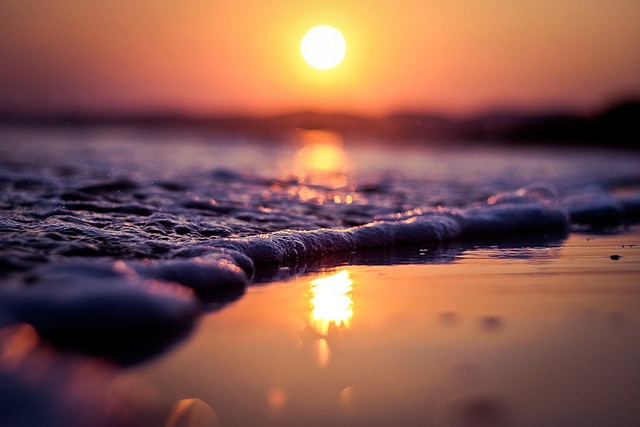Are you tired of mediocre sunset photos that fail to capture the magic of the moment?
Imagine capturing stunning images that perfectly capture the warm colours, soft light, and mesmerizing movements of the sunset. With the right techniques and equipment, you can create stunning sunset photos that you’ll treasure for a lifetime.
Whether you’re a seasoned photographer or just starting out, the thrill of capturing the beauty of a sunset is something that everyone can enjoy. With a little effort, you can turn your sunset photography into a true masterpiece.
So why wait? Get started now by learning the tips and tricks for capturing breathtaking sunset photos. Invest in the right equipment, find the perfect location, and start experimenting with different exposures and compositions. Before you know it, you’ll be producing photographing sunset that will amaze your friends and family.
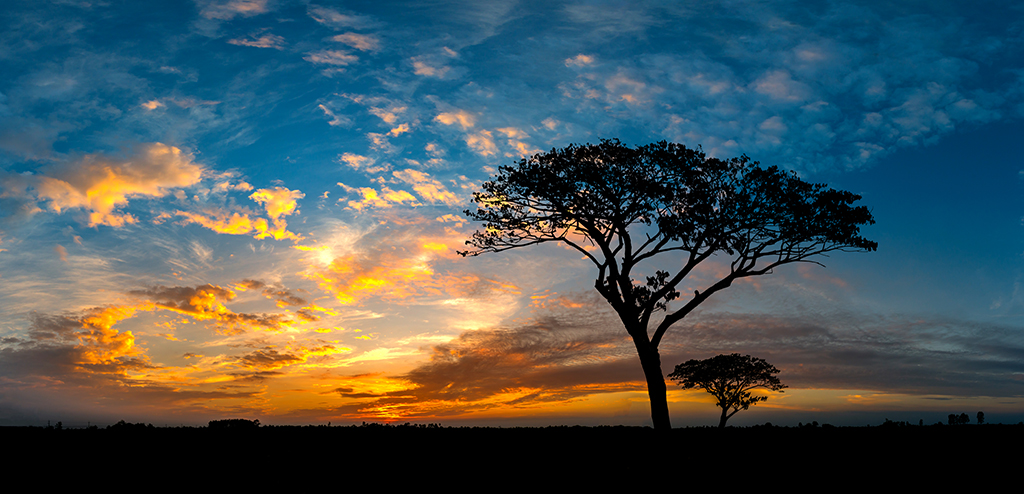
Here are some tips for Photographing Sunset:
1. Find the Perfect Location:
Look for a spot with a clear view and no obstructions such as buildings or trees. Consider the time of day and the direction of the sun when selecting a location.
2. Use a Tripod:
Using a tripod will help you steady your camera and prevent any movement that could blur your photos.
3. Use a Neutral Density Filter:
A neutral density filter will help you reduce the amount of light coming into the lens and allow you to capture the vivid colours of a sunset.
4. Expose for the Highlights:
When shooting sunsets, it is important to expose the highlights. This will help you capture the vibrant colours of the sky.
5. Use a Longer Shutter Speed:
Using a longer shutter speed will help you capture the movement of the clouds and the reflection of the setting sun on the water.
6. Check the White Balance:
Make sure to adjust the white balance to the light of the sunset. This will help you capture the true colours of the sun setting.
7. Experiment with Angles:
Try different angles when shooting a sunset. Shoot from the ground or from a higher point of view.
8. Take Multiple Shots:
Take multiple shots to ensure you get the perfect shot. Experiment with different settings and compositions to find the best one.
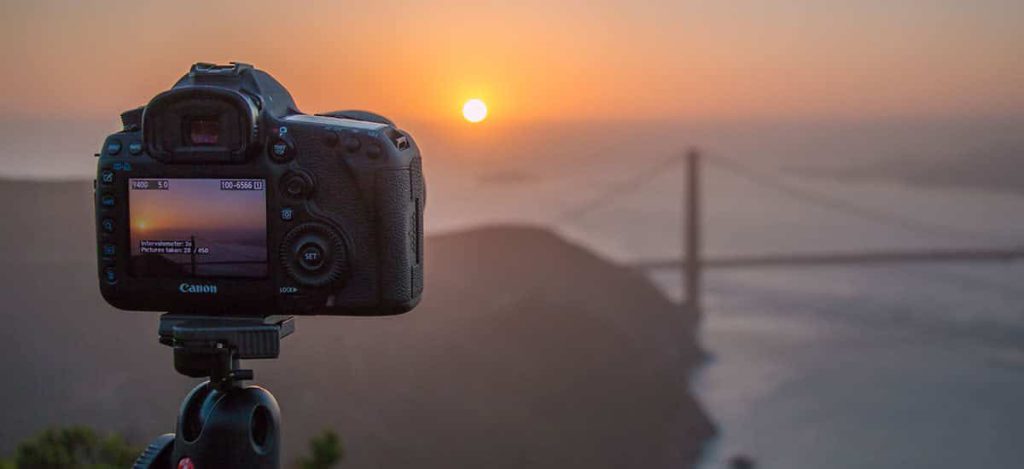
9. Use Post-Processing Software:
After you take your photos, make sure to post-process them with software like Adobe Lightroom or Photoshop. This will help you bring out the colours and enhance the details.
10. Choose the right location:
Look for a spot with an unobstructed view of the horizon to capture the full glory of the sunset.
11. Timing is everything:
Arrive at the location early to set up and ensure that you are in place before the sun starts to set.
12. Experiment with exposures:
Try using long exposures to capture the movement of the clouds or to blur the water, for a more dynamic image.
13. Play with perspective:
Get creative with your compositions by including foreground elements like trees, rocks, or buildings to add depth to the scene.
14. Use filters:
Graduated neutral density filters can help balance the exposure between the bright sky and the darker foreground.
15. Don’t forget the details:
Pay attention to the details in the foreground and the sky, such as the colour and texture of the clouds, to add interest to your photo.
16. Edit carefully:
When editing your sunset photos, be careful not to over-saturate the colours or over-sharpen the image.
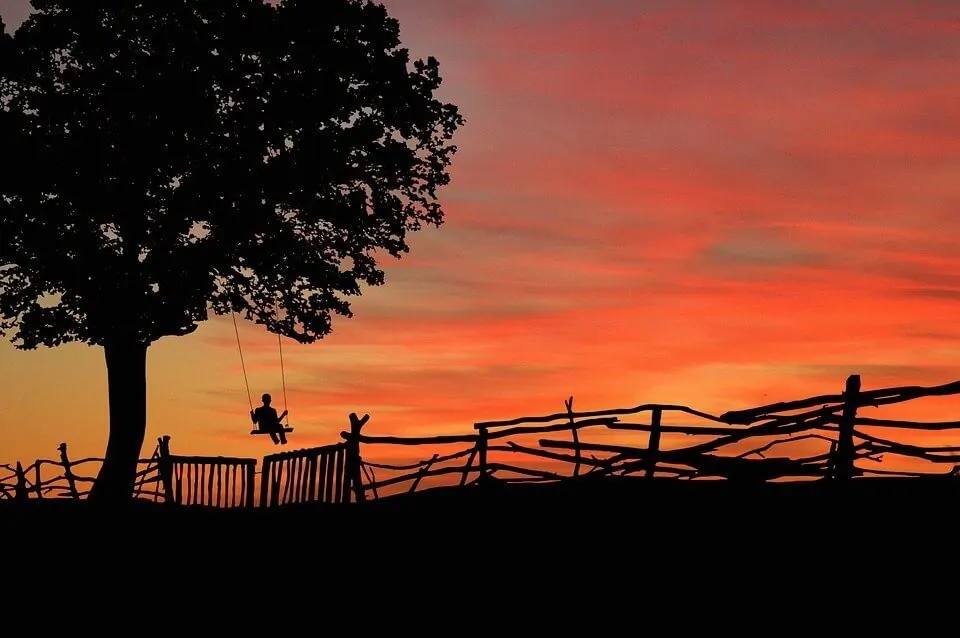
Here are Some Tools to be used for Photographing Sunset:
1. Camera
A digital camera with manual control options, such as a DSLR or mirrorless camera, is ideal for capturing sunsets.
2. Lens:
A wide-angle lens can be useful for capturing a panoramic view of the sunset and its surrounding landscape. A zoom lens can also be handy for framing and capturing details.
3. Tripod:
A sturdy tripod is essential for keeping your camera steady, especially in low-light conditions.
4. Graduated Neutral Density (ND) Filters:
These filters can help balance the exposure between the bright sky and the darker foreground.
5. Remote Shutter Release:
A remote shutter release can be used to take photos without touching the camera, reducing the risk of a camera shake.
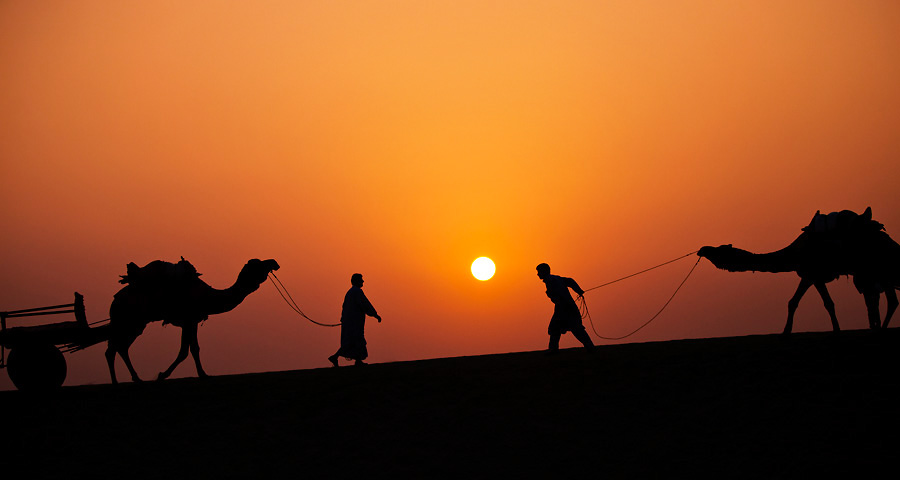
6. Reflector:
A reflector can be used to bounce light back into the scene and fill in any shadows.
7. Memory Card and Extra Batteries:
Make sure you have plenty of storage space and extra batteries to ensure you can capture all the shots you need.
These are just some of the tools that can be useful in photographing sunsets. It’s important to consider the type of photography you want to do and the conditions you’ll be working in when choosing which tools to use.
You may also like:
- 10 tips for taking stunning photographs: Mastering the art of composition”
- 10 Simple Tips for Better Landscape Photography
- Top 10 Photography tutorials and resources
- Basic 7 Types Of Photography
- 14 Photography Tips For Beginners
